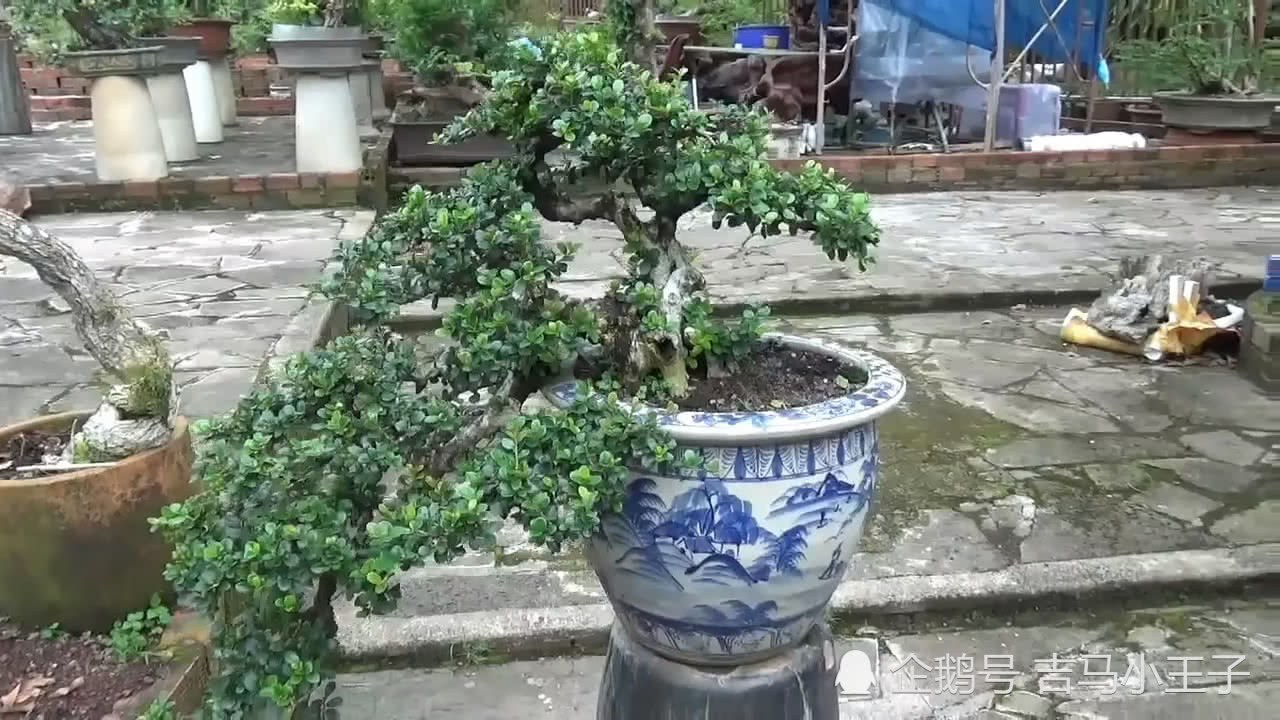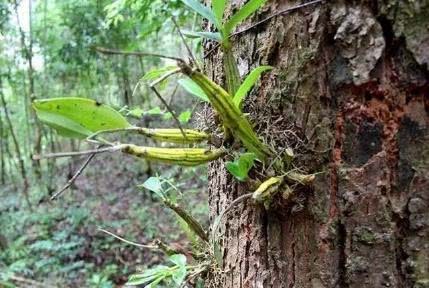How to apply potassium fertilizer during the critical period of rice booting?

At present, rice is in the booting stage, and the middle and late rice should be harvested one after another for more than a month. This period should be said to be a critical period for the growth of rice. How to fertilize and manage should be the concern of many friends. Here, we will talk to you about the application of potash fertilizer to rice.
If you want to know when to apply potash fertilizer to rice, you must know the law of absorption and efficiency of potash fertilizer by rice.
Before talking about rice, let's take a look at the role of potash fertilizer. The plant ash we often use actually contains a lot of potassium, which is very beneficial to the growth of plants. The role of potash fertilizer in the process of plant growth is second only to nitrogen fertilizer, which shows the importance of potash fertilizer. Potash fertilizer can generally be mixed with water, for example, we often use potassium dihydrogen phosphate fertilizer.
Potash fertilizer can improve the photosynthetic efficiency of plants and the content of fiber bundles in crops, so as to make the plant stems thicker and improve the ability of lodging resistance. And can improve the ability of drought resistance, disease resistance and so on. Promote the tillering ability of the plant, promote the synthesis of starch in the fruit and so on.
Then let's take a look at the absorption of potash fertilizer by rice in its lifetime.
The growth of rice needs to absorb a lot of nutrients, in which nitrogen, phosphorus and potassium fertilizer should be said to be the most important fertilizer of the three elements in the process of rice growth, and the absorption ratio of the three elements in rice is about 2:1:3. Hybrid rice absorbs more potassium, sometimes about 30% higher than ordinary rice. The potassium uptake of rice generally reached its peak during the period from the peak tillering stage to the jointing stage.
Next, let's take a look at the best time to use potash.
First of all, it is clear that according to the different conditions in the general base areas, the potash fertilizer needed for one mu of rice fields is about 5 to 12 kilograms.
Due to the different rice planting areas, the nutrient content of the plot is different, especially in the southern viscous plot, the acidity is relatively high, so the content of potassium in the soil is on the low side. Before planting rice needs to apply sufficient base fertilizer, the base fertilizer can not lack of potassium fertilizer, at this time the need for an appropriate amount of potash fertilizer. The most potash fertilizer is needed in rice tillering stage and young panicle differentiation stage, and about 5 kg potash fertilizer is generally needed.
Finally, let's take a look at the performance of potassium deficiency in rice.
The situation of potassium deficiency in rice is that there will be red brown spots in leaves, slow plant growth, reduced tillers, poor root growth, short plants, slender stems and so on. After the occurrence of this situation, timely measures need to be taken, otherwise the late growth and yield of rice will be affected.
For the rice fields with this situation, potassium fertilizer must be applied in time, potassium chloride fertilizer can be selected, generally about 6 kg per mu, and field irrigation should be carried out in time to promote the absorption of fertilizer by rice and the restoration of roots.
In addition, the foliar fertilizer of potassium dihydrogen phosphate can be properly sprayed in the later stage of rice growth to prevent premature senescence of rice. The proportion is generally 100 grams of potassium dihydrogen phosphate added to 30 jin of water.
Here is science to promote agriculture, welcome to add attention, with you to grow knowledge.
The original copyright of the article belongs to the Science Xingnong account, and infringement must be investigated.
- Prev

Bonsai appreciation: master bonsai works are unique in shape and each basin is fine and beautiful
Bonsai appreciation: green leaves, pleasing to the eye! The scenery basin with blue and white porcelain is very distinctive and beautiful! Bonsai appreciation: this potted bonsai work with stone is very distinctive. It is not easy to make bonsai like this. You like it.
- Next

When I went out, I saw that there were weeds on the tree and planted in the pot. Expert: more than 3,000 kilos of that.
When I went to play with my family in the mountain a few days ago, I saw a kind of disease-curing weed growing on the trees in the mountain. Generally speaking, people in the village have a headache. If you boil a few trees and drink them, you will feel better, thinking about planting them at home.
Related
- Wuhan Hospital Iron Tree Blooming Result Was Instantly Frightened by the Gardener Master
- Which variety of camellia is the most fragrant and best? Which one do you like best?
- What is the small blue coat, the breeding methods and matters needing attention of the succulent plant
- Dormancy time and maintenance management of succulent plants during dormancy
- Minas succulent how to raise, Minas succulent plant pictures
- What are the varieties of winter succulent plants
- How to raise succulent plants in twelve rolls? let's take a look at some experience of breeding twelve rolls.
- Attention should be paid to water control for succulent plants during dormant period (winter and summer)
- Watering experience of twelve rolls of succulent plants
- Techniques for fertilizing succulent plants. An article will let you know how to fertilize succulent plants.

